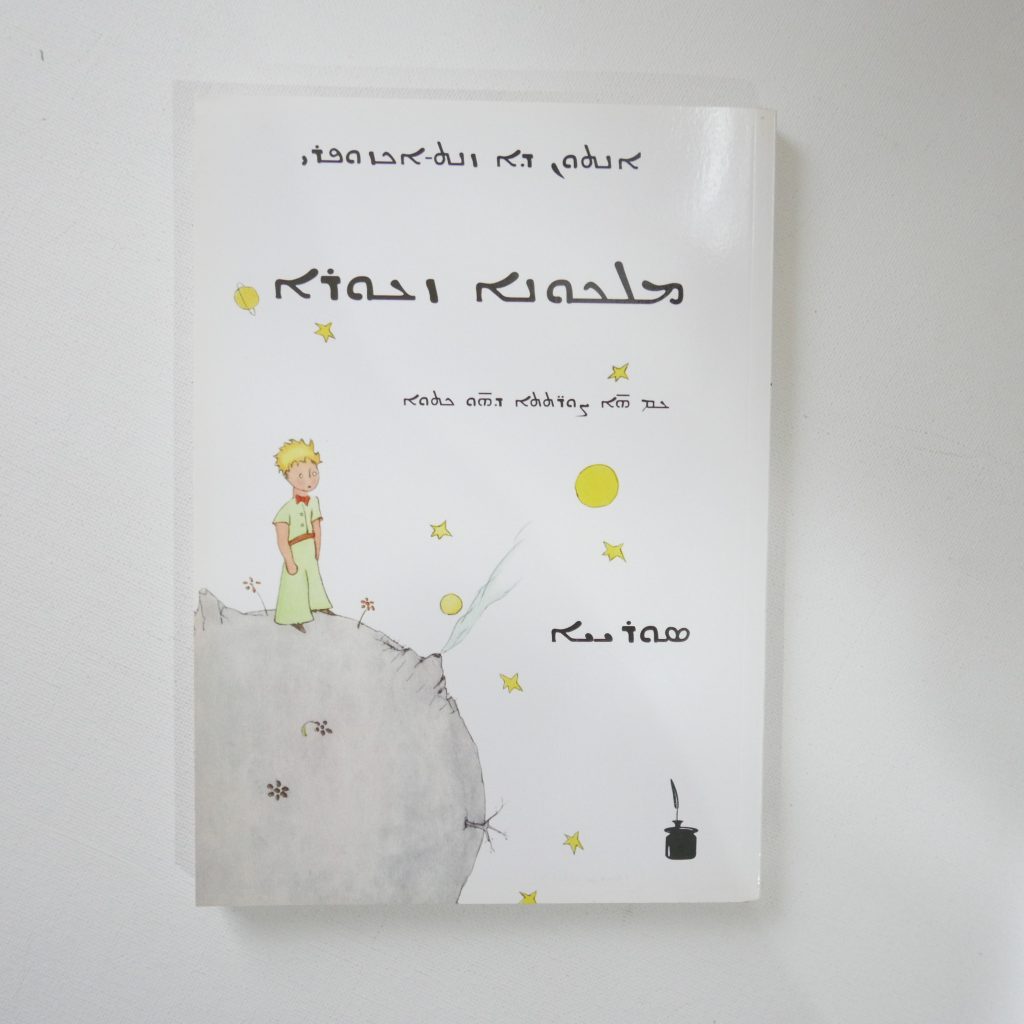
Malkuno Zcuro (ܡܠܟܘܢܐ ܙܥܘܪܐ) — in Aramaic.
Aramaic (ܐܪܡܝܐ) is a Semitic language with a history spanning over 3,000 years. It originated among the Arameans in the northern Levant and the area surrounding the Euphrates River. Aramaic holds historical significance for being the lingua franca of several ancient Near Eastern empires and for its role in the religious texts of Judaism, Christianity, and Gnosticism. Its influence and use have evolved considerably through the centuries, from an administrative and daily spoken language to a primarily liturgical and communal language among certain religious communities.
Historical Development
Old Aramaic (1000–700 BCE): The earliest inscriptions in Aramaic date back to this period. By the end of the 1st millennium BCE, Aramaic had spread widely due to the Assyrian and Babylonian empires’ administrative activities.
Imperial Aramaic (700–300 BCE): Adopted as the official language of the Achaemenid Empire, Aramaic became the common language of administration and communication across the Near East, from Egypt to India.
Middle Aramaic (300 BCE–200 CE): During this period, Aramaic fragmented into numerous dialects, including Western Aramaic and Eastern Aramaic, as local variations began to proliferate.
Late Aramaic (200 CE–1200 CE): The language continued to evolve, with significant developments in Jewish and Christian Aramaic dialects. It was during this time that the Talmudic and Biblical Aramaic texts were composed.
Modern Aramaic (1200 CE to present): Modern Aramaic dialects have developed into several distinct languages, often referred to collectively as Neo-Aramaic.

Linguistic Characteristics
Aramaic belongs to the Semitic language family, closely related to Hebrew, Phoenician, and Arabic. Its features include:
Phonology: Aramaic has a consonant-rich phonetic inventory, with emphatic sounds typical of Semitic languages. Vowel length can distinguish meanings.
Morphology: It employs root-based morphology, where words are formed by inserting vowels between and around a set of consonants that convey the core meaning. Verbs are inflected for voice, mood, aspect, and tense.
Grammar: Aramaic syntax features a verb-subject-object (VSO) order, though variations can occur. Pronouns can be attached to verbs, prepositions, and nouns as suffixes to indicate possession or direct objects.
Writing Systems
Aramaic has been written using several scripts, including the early Aramaic alphabet, a precursor to the Hebrew and Arabic scripts, and the Syriac and Mandaic scripts developed later. The square Hebrew script used in modern Hebrew is also derived from an Aramaic script.


